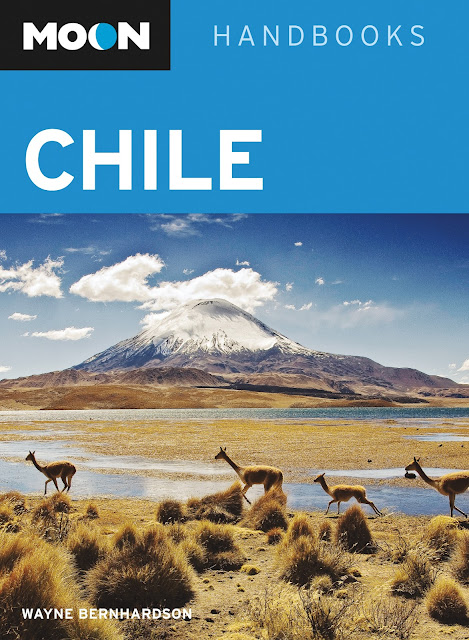It’s a topic that never goes away or, at least as long as
Argentines seek economic security and their government does everything possible
to prevent it, their impulsive urge for the US dollar is unlikely to go away.
Recently I wrote about the so-called
“Colonia Dollar” and the distortions and inconveniences it had caused in
the Uruguayan city across the River Plate but, in the interim, Argentina's government
devised yet another one: from this moment on, Argentines
visiting neighboring countries will be able to use only a single credit card to
withdraw a cash advance of no more than US$100, once every three months.
For other countries, they will be able to withdraw up to US$800 per month. They
still cannot use their debit cards outside Argentina.
For residents of Colonia and non-Argentine tourists crossing
the river, this should simply the process of obtaining cash from the city’s ATMs;
the endless queues of Argentines will presumably disappear. At the same time,
according to the local press, Argentines
have found a new means of purchasing dollars: They can travel to Montevideo,
where the exchange house rate (slightly more than eight pesos to the dollar, as suggested in this window on the city's central Avenida 18 de Julio) is
less attractive than the cash advance rate (about 6.3 to the dollar), but it’s
still cheaper than the so-called “blue” dollar in Buenos Aires (slightly less
than nine pesos). The ferry from Buenos Aires to the Uruguayan capital is more
expensive and takes longer (three hours in each direction), but Argentines can
carry the equivalent of US$10,000 (roughly 52,000 Argentine pesos) without
having to make a currency declaration.
For an Argentine saver, that’s a profit of roughly 10,000
pesos less, of course, the cost of the trip, though it’s also a risk as the
price of “blue” dollar has dropped in the last week or ten days since the
Argentine government proposed a tax amnesty for repatriated overseas funds that
opposition forces have denounced as an incentive to money-laundering. That
measure is presently working its way through the Argentine Congress, and seems
likely to be approved. The consensus, though, appears to be that the government
will make every effort to hold down the dollar until after mid-term congressional
elections in October. Whether they’ll continue to be able to do so is another
issue entirely.
Meanwhile, Uruguayans are taking advantage of their
relatively strong currency to purchase Argentine pesos at the “blue” market
rate for holidays in Buenos
Aires, even though the dollar has been strengthening against the Uruguayan
peso (which now goes for 20 per dollar, up around five percent over the past
couple weeks). For travelers with US dollars, the Chilean peso has also been
weakening and now stands at roughly 490 per dollar). Neither currency, though,
remotely approaches the volatility of Argentina’s,
given what Buenos
Aires Herald columnist Andrew Graham-Yooll calls a “currency exchange
process that more than a policy looks like a throwback to the Soviet Union.”
Moon
Handbooks Chile, in Saratoga
In just a few weeks – Monday, June 17, at 7 p.m., to be
precise – I will offer a digital slide presentation on travel in Chile at Santa
Clara Country’s Saratoga Library (13650
Saratoga Avenue, Saratoga CA 95070, tel. 408-867-6126, ext. 3817). Coverage will also include
the Chilean Pacific Islands of Rapa
Nui (Easter Island) and Juan
Fernández (Robinson Crusoe), as well as southernmost Argentina
(Tierra
del Fuego and the vicinity of El
Calafate) that appear in the book. I will also be available to answer
questions about Argentina and Buenos
Aires. The presentation is free of charge, but books will be available for
purchase.










